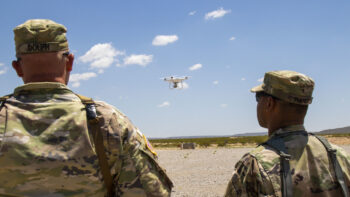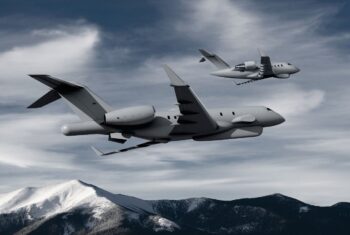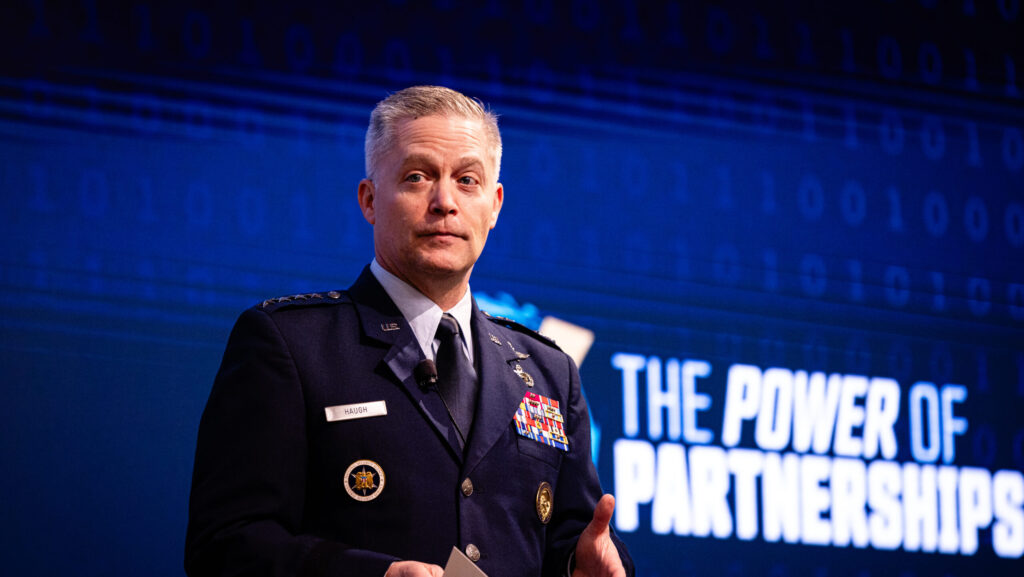
Air Force Gen. Timothy Haugh, Commander of U.S. Cyber Command and Director of National Security Agency, gives his opening remarks for the U.S. Cyber Command Legal Conference at Joint Base Andrews, MD. (CYBERCOM Leadership photo by Skyler Wilson)
WASHINGTON — The head of US Cyber Command revealed recently that the command’s brand new artificial intelligence task force is at work within the “elite” Cyber National Mission Force.
Gen. Timothy Haugh said late Tuesday that the CNMF’s chief, Maj. Gen. Lorna Mahlock, “has that team of expertise as a tool that when she’s got a hard problem, she can use that task force as one of the solutions.”
The CNMF was founded a decade ago “to plan, direct and synchronize cyberspace operations to deter, deny, and if necessary, defeat adversary cyber actors” that threaten the US.
The AI task force itself has been in the works for several months, officially being established in April. It was developed after Congress mandated a five-year AI roadmap implementation plan to “rapidly [adopt] artificial intelligence applications to the warfighter cyber missions within the DOD,” as stated in the 2023 NDAA.
“We have established an AI task force to move us from an opportunistic application of AI to a systemic approach,” said Haugh, who is dual-hatted as the head of the National Security Agency as well.
He added that the task force has three “important outcomes”: delivering an AI capability for cyber mission force operations, enabling better integration AI for efforts like “continuous monitoring of malicious cyber activity,” and having “laser focus” on countering AI threats.
“One of the things that they’re doing is they’re producing products that identify vulnerabilities in large language models, how large language models can be secured, how large language models can be targeted by nation-states,” Haugh told the audience at an Intelligence and National Security Alliance event.
Using AI For Pen Testing
The task force is part of a larger, unified strategy between CYBERCOM and the NSA to test their AI implementation strategies, with the hope that it will better inform the DoD’s AI capabilities as a whole, Haugh said.
For example, the NSA is in the pilot phase of AI-enabled penetration testing meant to identify potential weaknesses in a network — allowing the user to see vulnerabilities through the eyes of the attacker.
Though other Pentagon officials have said they’re unimpressed so far with AI’s cybersecurity applications, Haugh said he was “excited to announce a new service called autonomous penetration testing, which will provide a commercial solution for fully customizable AI-driven penetration testing to replace a previously manual process.”
If all goes well after the pilot stage, Haugh told industry officials in the audience that he wants to expand such testing to a dual-use model with their help.
“Once validated, we wanted to offer it as a full service. So [contact] the cyber collaboration center for anybody that wants to work with that team, [Cybersecurity Collaboration Center] will start to sign people up as part of that service,” he said.
Correction 1140 am ET 8/1/2024: This story has been amended to correct which organization is developing AI penetration testing.
Pentagon plans secure cloud pilot to defend small businesses from hackers
The Army’s recently announced NCODE secure enclave is one model that OSD is looking at, said Derrick Davis of the Office of Small Business Programs.


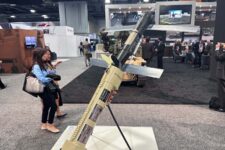


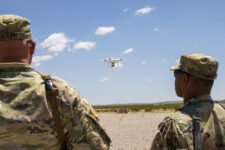
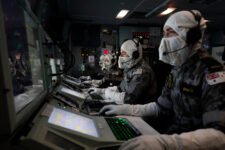

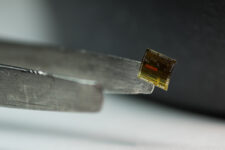
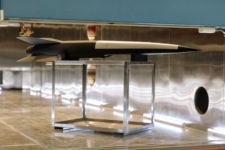

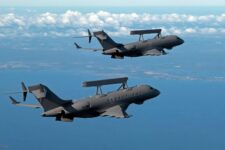
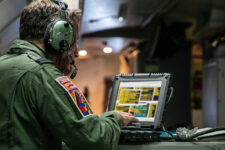
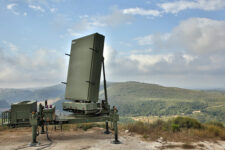
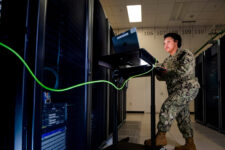

![E-2D_AR_1[1]](https://breakingdefense.com/wp-content/uploads/sites/3/2024/10/E-2D_AR_11-350x233.png)





